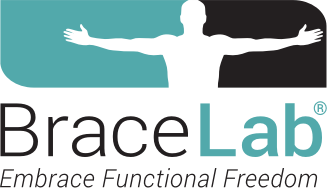Expanding Treatment Options: Is Dry Needling Right for Your Practice?
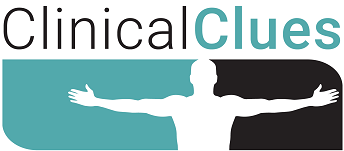
Jun 2024 No. 38
Expanding Treatment Options: Is Dry Needling Right for Your Practice?
by Jerry Ditz, DPT, Dip. Osteopractic, Cert. SMT, Cert. DN and Karol Young, OTD, OTR/L, CHT
Dry needling is a relatively new treatment technique for occupational and physical therapists to add to their treatment armamentarium. Should you pursue learning more about dry needling?
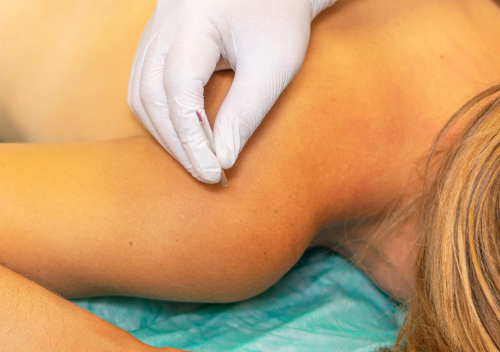

Karol Young (KY): What prompted you to learn more about dry needling?
Jerry Ditz (JD): About five years into my career, I was achieving satisfactory outcomes with post operative patients and acute spinal pain patients, but I was struggling to obtain consistent and effective outcomes with chronic conditions.
During this time, I attended several manual therapy courses where several experienced therapists outside the US stated that for most chronic pain conditions dry needling was their preferred treatment approach. I wanted to learn more about dry needling to expand my clinical toolbox as well as to learn more about how the human body responds to various stimuli.
Karol Young (KY): How long did it take you to become confident and competent using dry needling treatment?
Jerry Ditz (JD): Upon receiving dry needling certification, the basic approach/protocols allowed me to be confident in dry needling. It is not, however, until you have treated a variety of patients for several yearsthat you can skillfully determine both when and how to dry needle.
Following certification, an individual becomes competent/skilled in the dry needling technique when able to gauge how a individual body is going to respond to treatment. One must develop the ability to determine the size, depth, and manipulation of the needle to obtain the optimal patient response. This skill can only be learned through repeated use of the technique on a variety of individual patients.
Karol Young (KY): What is the biggest misconception about dry needling?
Jerry Ditz (JD): I think the biggest misconception about dry needling is that all clinicians perform it in the same way and that all patients respond uniformly to the treatment. In clinical practice, the technique can vary significantly among practitioners because of differences in training, experience, and approach. Patient responses also differ widely due to individual variations in anatomy, pain thresholds, and overall health. It is important to understand that dry needling, like any therapeutic intervention, requires personalization and adaptation to achieve the best outcomes.
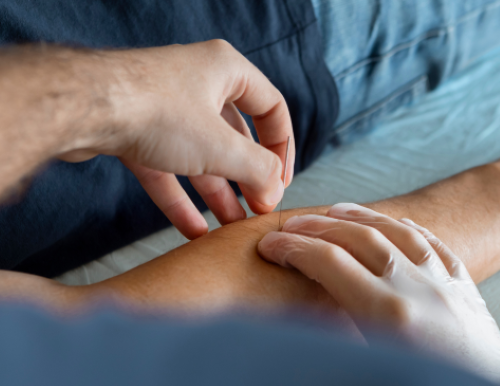

Karol Young (KY): What knowledge does a therapist need to learn the skill of dry needling?
Jerry Ditz (JD): The first requirement to learning dry needling is a detailed and extensive knowledge of human anatomy-- beyond just the basic musculoskeletal system. Comprehensive anatomical knowledge ensures the therapist can accurately target the appropriate tissues while avoiding critical structures such as nerves, blood vessels, and organs. With a deep understanding of anatomy to ensure the safety and effectiveness of the treatment, the therapist can navigate complex anatomical regions with precision and confidence.
Karol Young (KY): What is the most common diagnosis you treat with dry needling?
Jerry Ditz (JD): Patients with headaches, neck pain, or low back pain are particularly prevalent among my patients, making them the most common diagnoses I treat with dry needling. The dry needling is a part of their overall treatment plan, usually combined with an exercise plan.
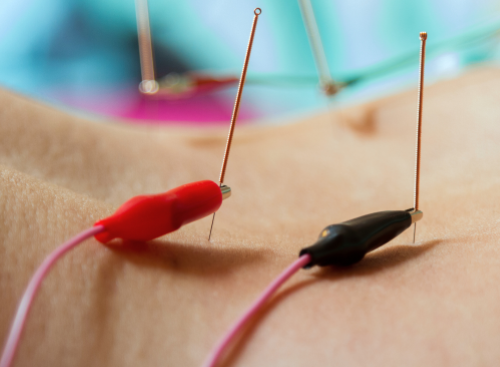

Karol Young (KY): In what diagnosis is dry needling underutilized?
Jerry Ditz (JD): I feel dry needling is underutilized for treating common types of arthritis. This is primarily because many US state practice acts prevent clinicians from performing periosteal dry needling, which involves needling to the depths of bone contact. To reach these tissue depths safely and effectively therapists must be specifically trained in this technique.
Despite these limitations, dry needling has the potential to provide significant relief for patients with arthritis by targeting deeper tissues, including the periosteal layer. Osteoarthritis of the knee benefits from dry needling combined with exercise. Additionally, there are some encouraging case studies showing the benefit of dry needling to treat thumb carpometacarpal osteoarthritis.
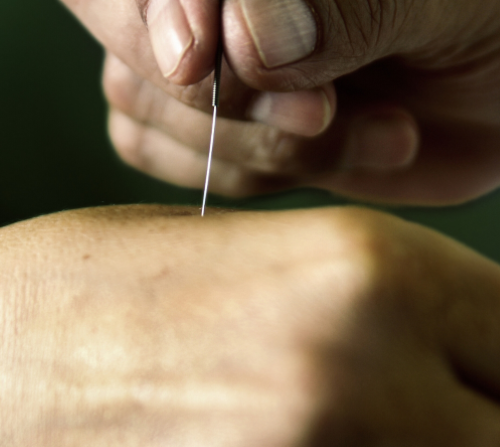

Karol Young (KY): How do you see the advancement of dry needling?
Jerry Ditz (JD): A growing number of therapists are using ultrasound to guide their dry needle placement which allows more precise targeting of the intended tissues. This type of treatment will advance patient outcomes and develop the skill of those who have access to the ultrasound equipment.
Karol Young (KY): How do you charge for dry needling?
Jerry Ditz (JD): Charging for dry needling can be complex because it may not be covered by insurance. We offer the initial dry needling session as a free trial, allowing the patient to experience the potential benefits of dry needling without cost. After the initial free trial, subsequent sessions are cash payment; we did not bill for dry needling.
On days when the patient receives dry needling they would not receive any other therapy services.
Karol Young (KY): What do you recommend to a therapist who wants to learn more about dry needling?
Jerry Ditz (JD): First, confirm if your state’s practice act allows you to legally perform dry needling. This will determine whether you can proceed and acquire training for dry needling. Second, seek out a certification course in dry needling recognized by the parent bodies of OT and PT.
If you can use dry needling legally where you practice, a good starting point is to find a therapist nearby who performs dry needling and ask them to mentor you in the technique. A session with you receiving the dry needling, or you are observing one of your patients receiving dry needling is a starting point. Ask the therapist about conditions for good outcomes.
Conclusion
As our discussion highlights, dry needling can be a versatile and valuable technique to enhance patient care when performed by knowledgeable and skilled therapists. While there are challenges such as insurance coverage, equipment access, and the need for extensive anatomical knowledge, the benefits for patients can be substantial. By committing to continuous learning and learning to adapt our techniques to individual patient needs, we can maximize the positive impact of dry needling in our clinical practice.
Download Clinical Clue No. 38, Expanding Treatment Options: Is Dry Needling Right for Your Practice?, June 2024
© BraceLab; 2024 all rights reserved
Disclaimer: BraceLab Clinical Pearls are intended to be an informal sharing of practical clinical ideas; not formal evidence-based conclusions of fact.
